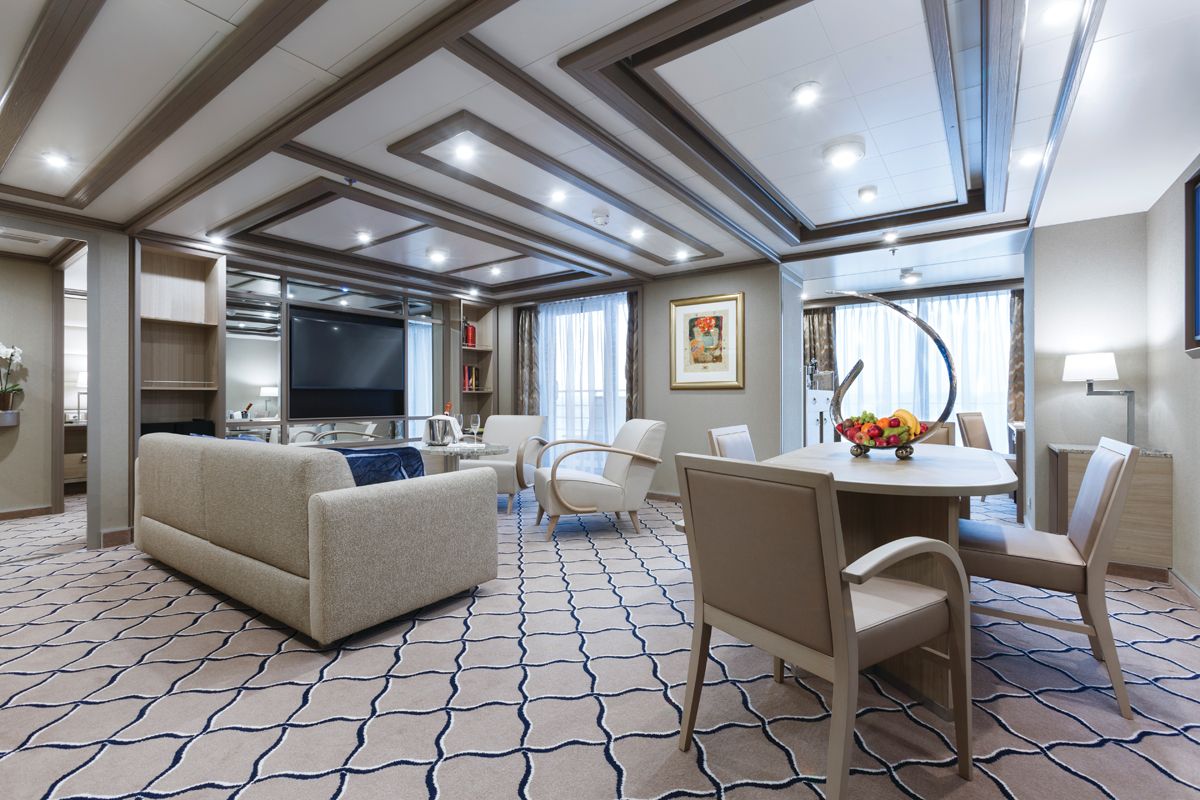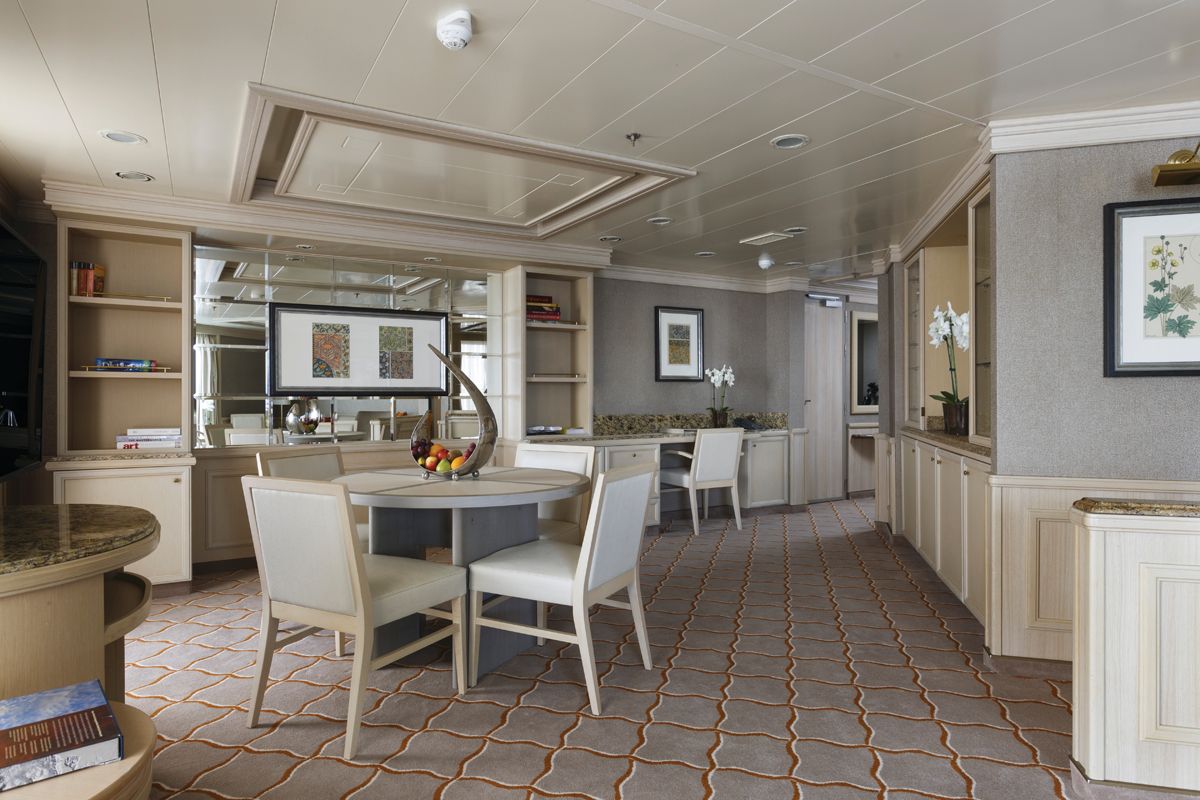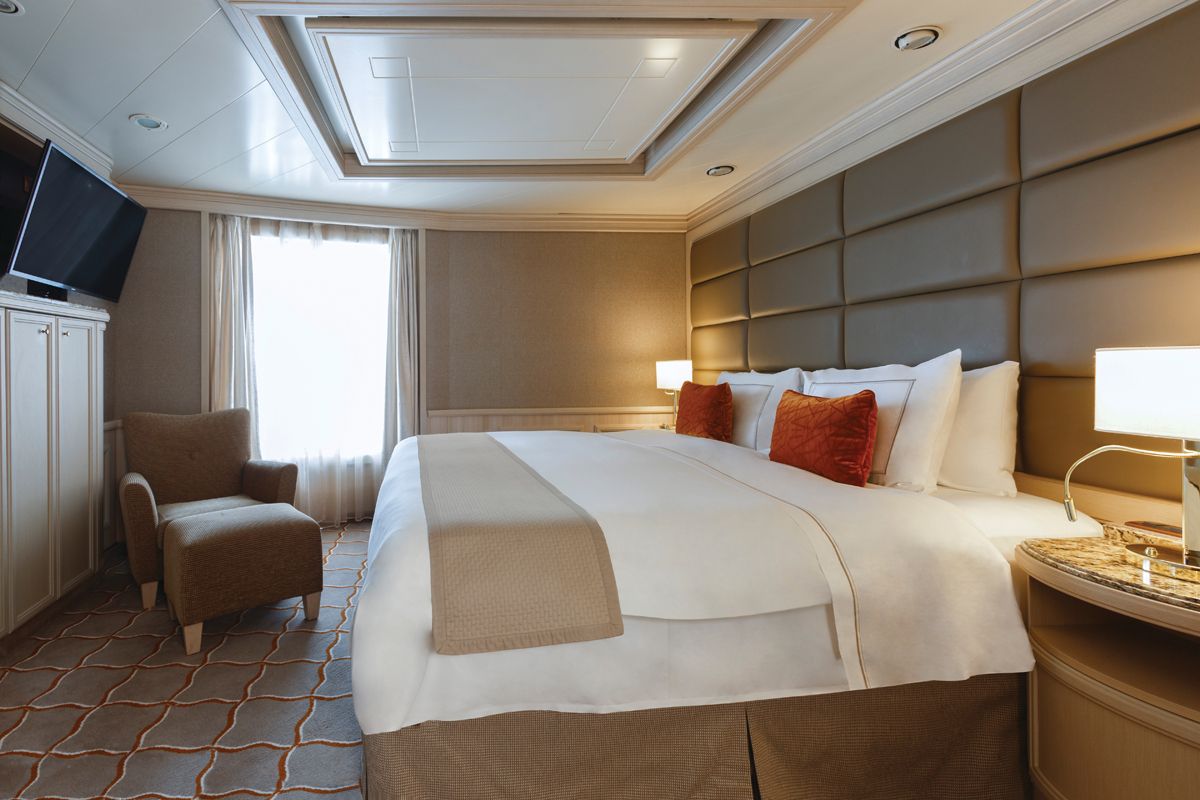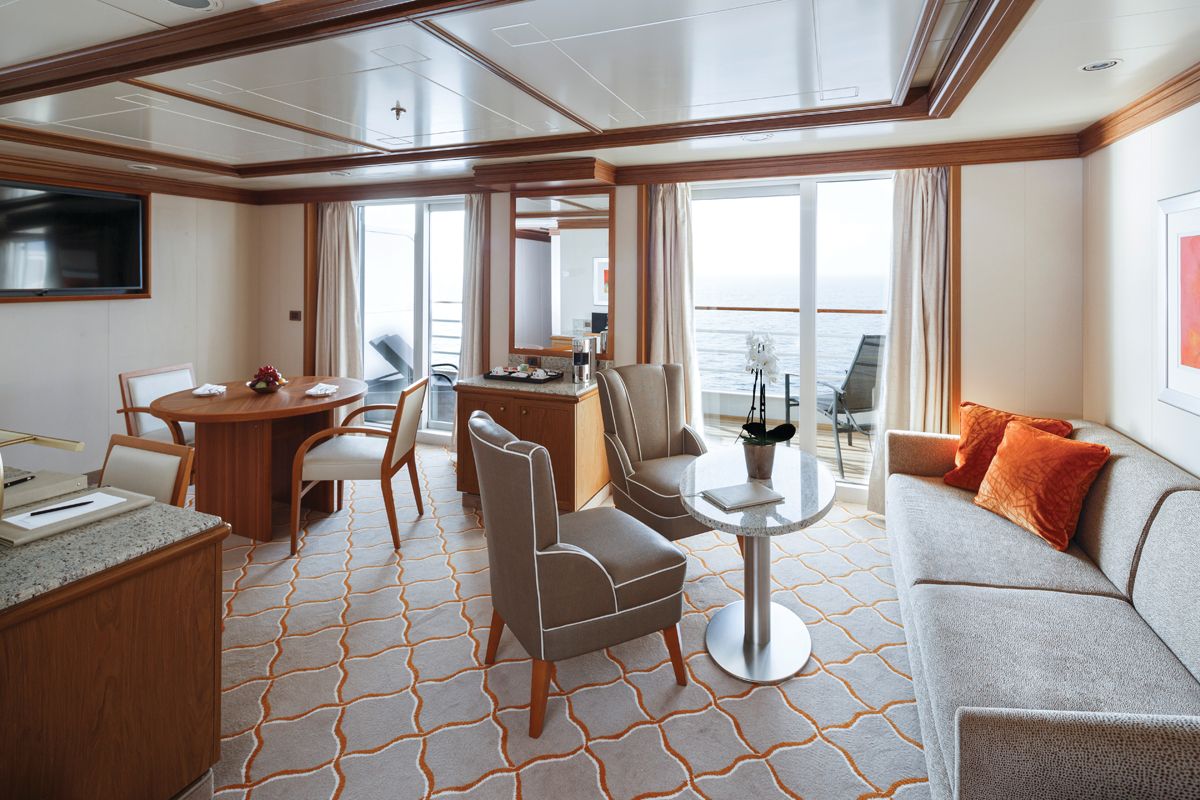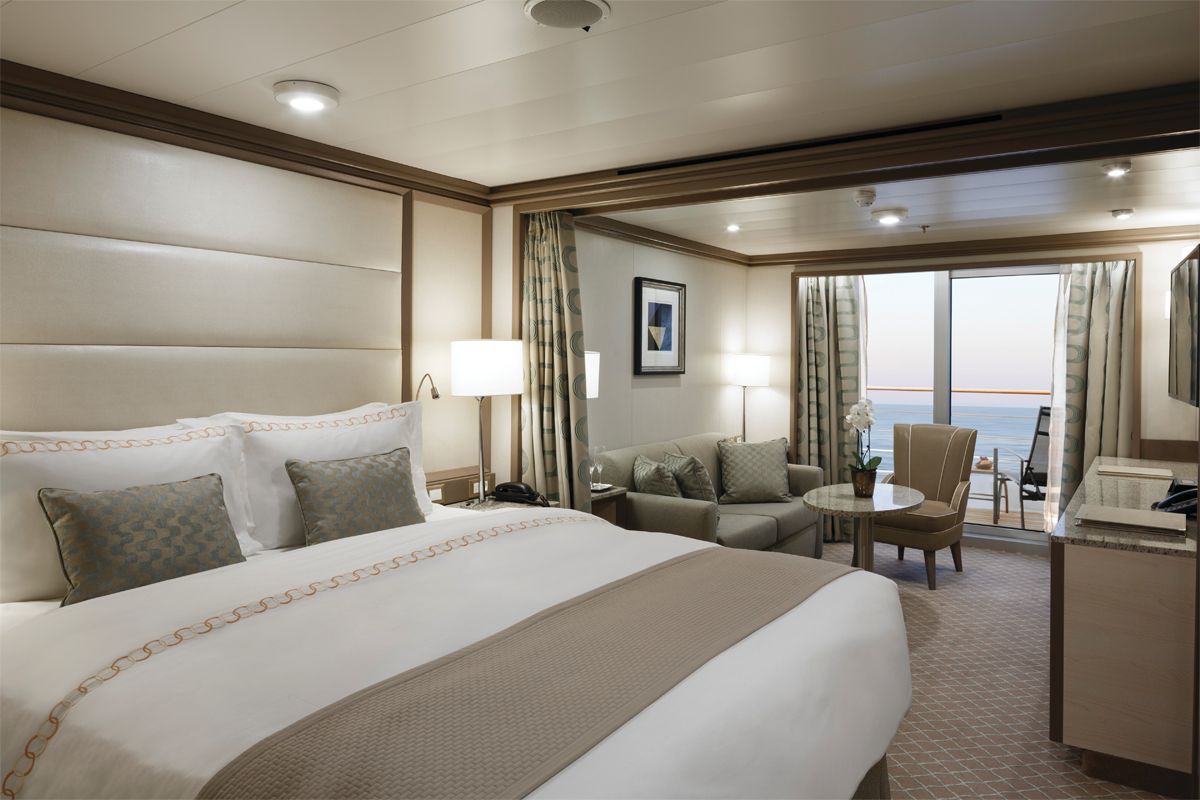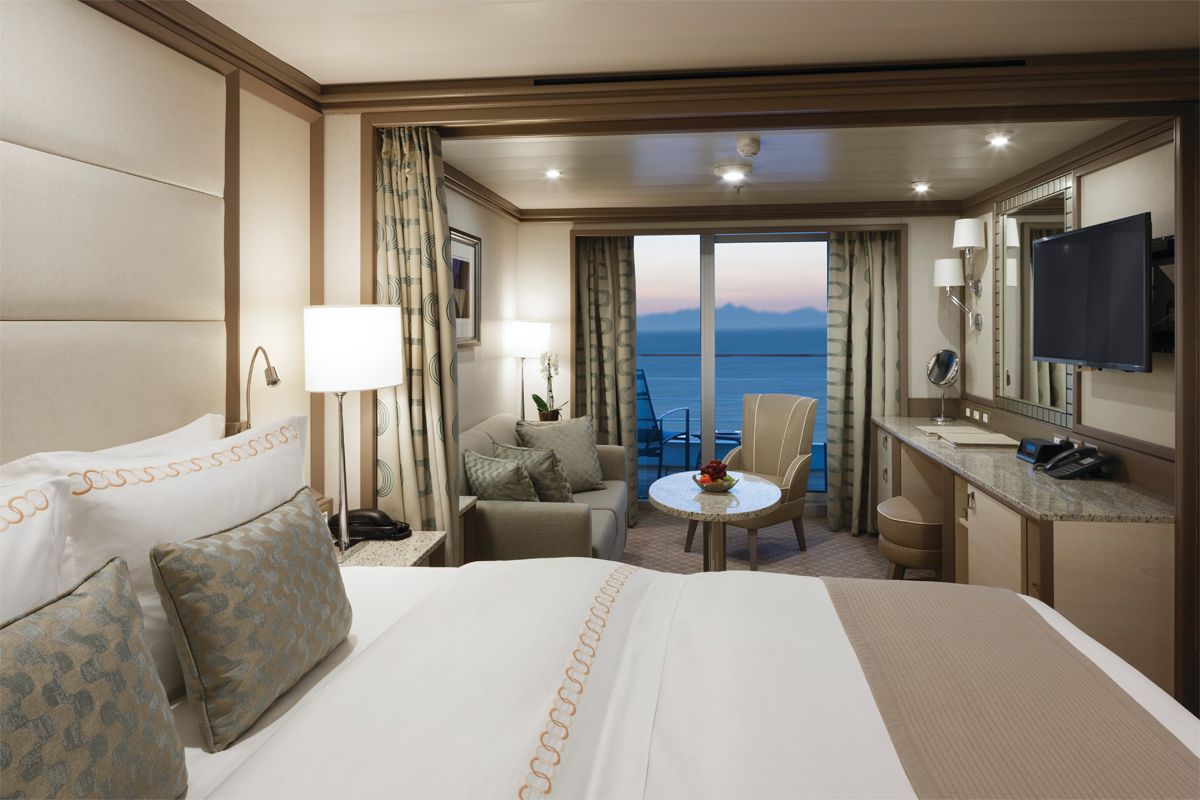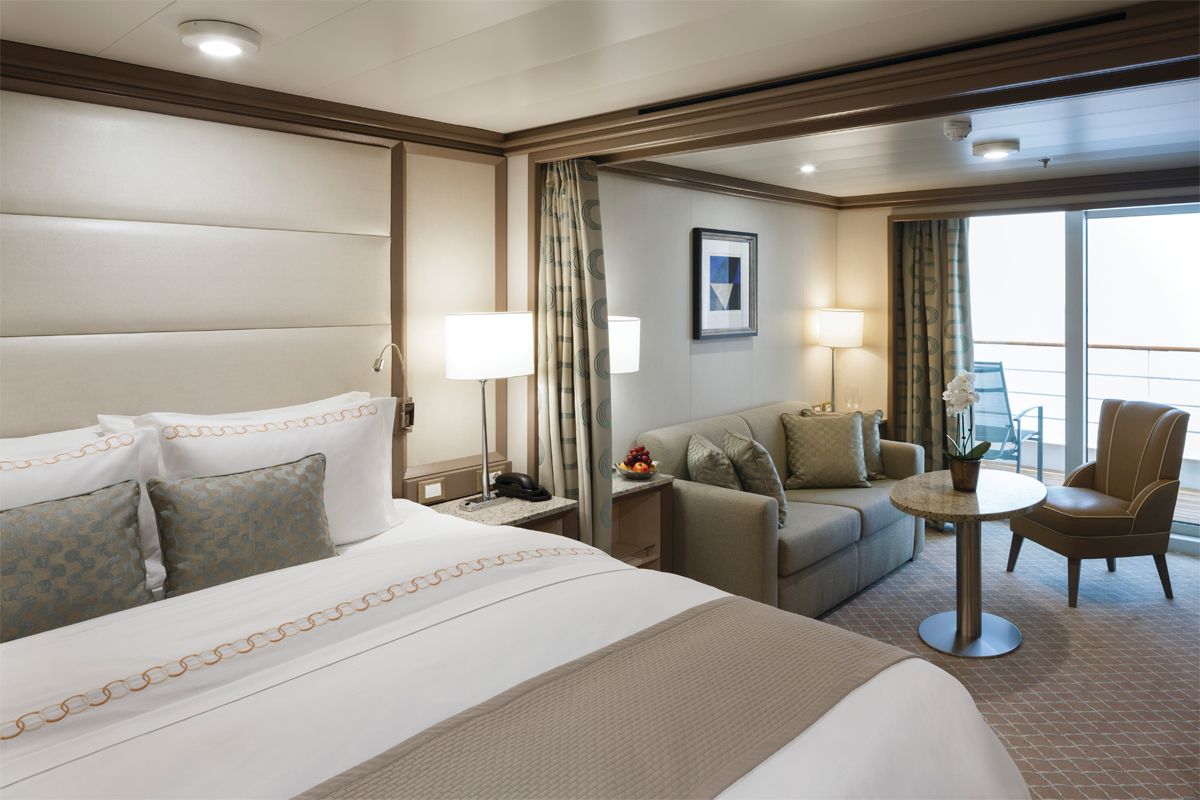

Go beyond your boundaries and explore the world as never before.
La Digue is the fourth largest inhabited island of the Seychelles (though only 5 km [3 miles] long and 3 km [2 miles] wide), and the real deal when it comes to a laid-back tropical paradise. Only 6.4 km (4 miles) from Praslin (about a 15- to 30-minute ferry ride) and 43 km (27 miles) from Mahé, little la Digue nonetheless feels a world away. With no natural harbor, La Digue is protected by a coral reef, which, together with masses of colossal pink granite boulders, encircle and protect the island. Streets here hum the quiet rhythm of local life: a melody of ox-carts and bicycles, paths shaded by flowers and lush vegetation, and old colonial-style houses that speak of times past. Named in 1768 after a ship in the fleet of French explorer Marc-Joseph Marion du Fresne, La Digue's economic mainstays used to be vanilla and coconut oil. The island's fabulous beaches, lush interior, and colonial charm have made tourism its number-one industry today. The island's population of about 2,000 mostly reside in the west coast villages of La Réunion and La Passe.
The gateway to both the Wild Coast and Amatole, East London was built around the mouth of the Buffalo River, which forms South Africa's only river port. Although fairly urban, East London is still close to the rural heartland, so it retains a pleasantly small-town air. There's a great museum here, and you can take a half-day city tour, an escorted visit to a local township, or a full-day tour of a rural village. Although the beaches on the outskirts of the city are wonderful, those within the central business district are crowded and not very pleasant.
Port Elizabeth, or PE, may not have the range of attractions found in Cape Town or on the Garden Route, but it's a pleasant town that's worthy of a couple of days' exploration. There are some beautiful beaches (although you'll need to visit them early in the day in summer, as the wind tends to pick up by midday) and some wonderfully preserved historic buildings in the older part of the city, called Central. A large part of the town's charm lies in its small size and quiet environment, but PE is not a total sleepy hollow. If you feel the need for a bit of nightlife, head to the Boardwalk complex near the beach, for its restaurants, cafés, theater, and casino, or to the pedestrianized Parliament Street in Central, which has a vibrant restaurant and nightlife scene.
World Cruise Finder's suites are some of the most spacious in luxury cruising.
Request a Quote - guests who book early are rewarded with the best fares and ability to select their desired suite.
